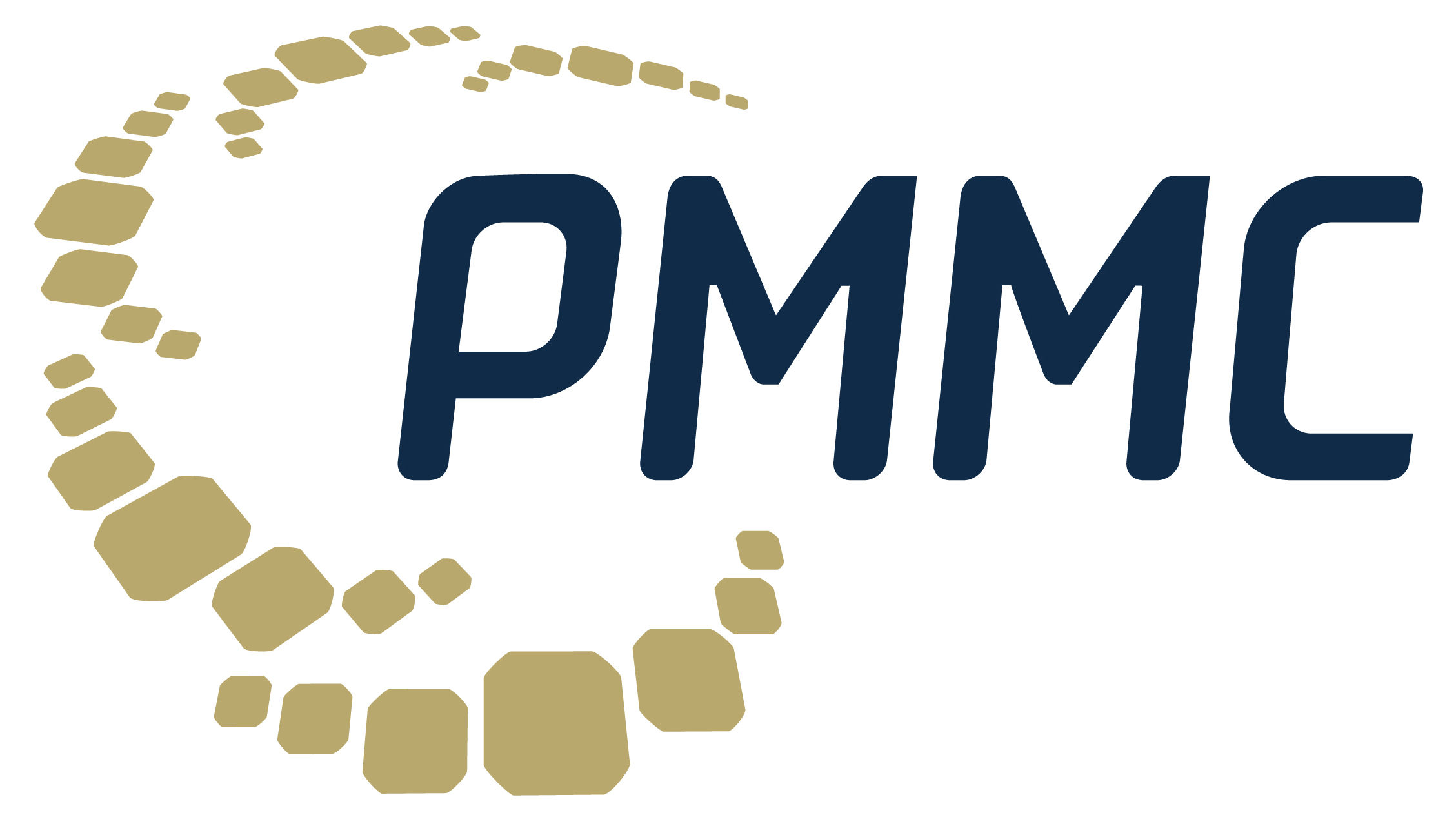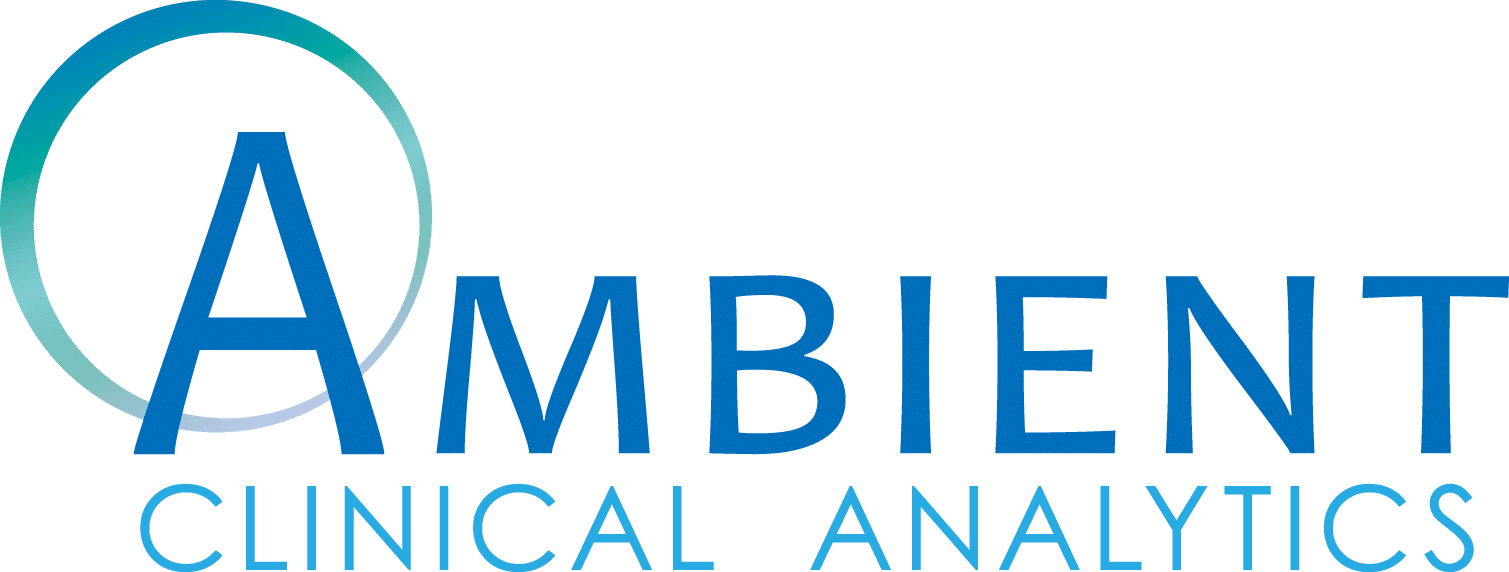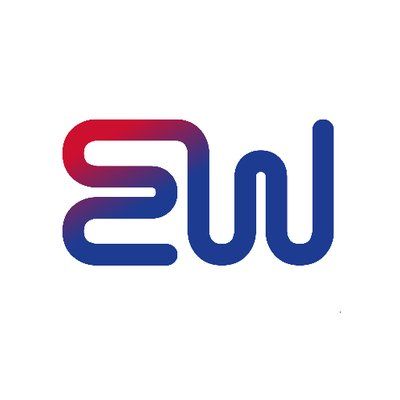Denials Management Team:
Challenge: A sudden increase in denied claims needs to be investigated to determine the root cause.
Use Case: Your denials management team can access the specific payer policy that was in place when the claim was originally filed. This helps verify if a policy change caused the denial and provides the documentation needed for appealing the claim based on historical policy criteria.
Prior Authorization Team:
Challenge: Inefficient prior authorization processes lead to delays in patient care and increased administrative burden.
Use Case: Your prior authorization team can use a centralized database with the latest policy requirements for specific treatments. Automated alerts notify your team when payers update their prior authorization criteria, ensuring they have up-to-date information for quicker approvals and fewer delays.
Physician Advisors & Utilization Review Team:
Challenge: Aligning clinical recommendations with payer guidelines to avoid conflicts and optimize care delivery.
Use Case: Your physician advisors can review the latest payer policies to ensure that clinical decisions align with coverage criteria. This helps avoid peer-to-peer conflicts with payers and reduces the risk of denied authorizations for medically necessary services.
Physicians and Prescribers:
Challenge: Staying informed about changes to medication coverage criteria that could impact prescribing habits.
Use Case: Your physicians can subscribe to alerts for specific medications they frequently prescribe. When a payer updates coverage criteria, your physicians receive notifications, allowing them to adjust prescribing patterns or provide alternative treatment options in real-time.
Billing & Coding Teams:
Challenge: Coding errors and outdated billing practices lead to increased claim rejections and delays in reimbursement.
Use Case: Your billing and coding teams can verify the latest policy requirements for specific codes before submitting claims. This ensures compliance with payer rules and reduces the likelihood of claim rejections due to incorrect coding.
Contract Management Team:
Challenge: Understanding complex payment rules and negotiating favorable terms with payers.
Use Case: Your contract management team can access historical and current payer policies to gain insights into payment rules and criteria. This information can be used to negotiate more favorable contract terms, ensuring parity and compliance with payer requirements.
Case Management & Patient Advocacy:
Challenge: Ensuring patients receive timely and appropriate care while navigating complex payer requirements.
Use Case: Your case managers can quickly look up coverage policies for specific treatments or services needed by patients. This allows them to coordinate care more effectively and advocate for patient access to necessary treatments, even when coverage is uncertain.
Compliance Officers:
Challenge: Staying compliant with the constantly changing landscape of payer requirements and avoiding costly penalties.
Use Case: Your compliance officers can rely on automated alerts to track policy updates and changes across multiple payers. This allows them to update internal policies and workflows proactively, reducing the risk of non-compliance.
Revenue Integrity Team:
Challenge: Identifying and addressing revenue leakage due to underpayments or incorrect payer policies.
Use Case: Your revenue integrity team can use historical policy data to review denied claims and identify discrepancies in payer reimbursements. This information can be leveraged to pursue underpayment recoveries and prevent future revenue loss.
Pharmacy Team:
Challenge: Navigating complex formulary changes that affect patient access to medications.
Use Case: Your pharmacy team can monitor payer formulary updates through alerts, allowing them to adjust their inventory and provide patients with the most up-to-date information on medication coverage and alternatives.





























